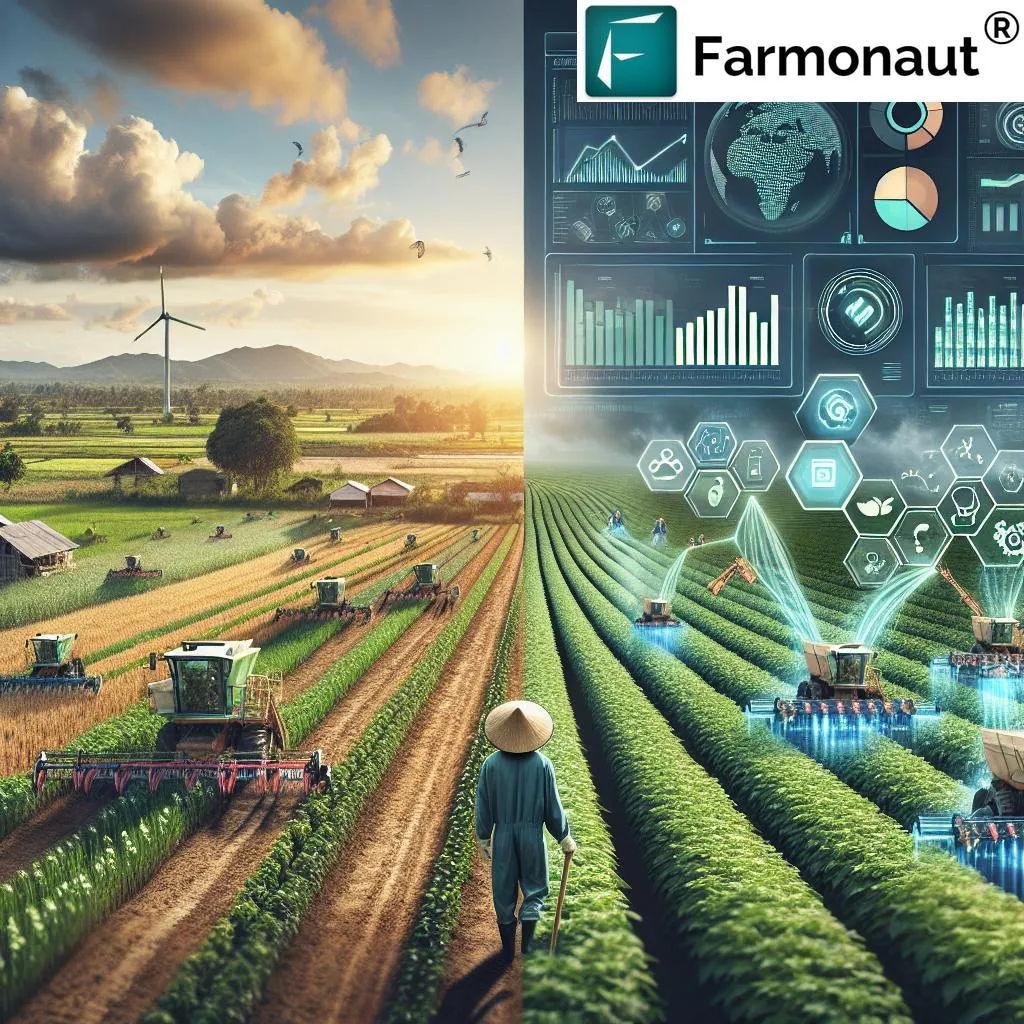In the vast landscape of agricultural technology, a recent study led by Dariusz Ziółkowski from the Remote Sensing Centre at the Institute of Geodesy and Cartography in Warsaw, Poland, has shed new light on the intricate relationship between soil texture, roughness, and moisture modeling. Published in the journal *Dydanowe Zdalne Badania* (Remote Sensing), this research could have significant implications for the energy sector, particularly in optimizing agricultural practices and improving food security.
Soil moisture is a critical parameter that influences numerous hydrological and climatic processes. It plays a pivotal role in agriculture, directly impacting crop yields and, by extension, food security. Accurate modeling of soil moisture over large areas with high spatial and temporal resolution is therefore essential. Ziółkowski and his team set out to develop a soil moisture model for bare soils using Sentinel-1 SAR data, aiming for high spatial resolution and universal applicability across diverse soil types and textures.
The study utilized over 800 soil moisture measurements from five different regions in Poland, collected between March 2024 and March 2025. The researchers employed both backscattering and polarimetric analysis on Sentinel-1 data, coupled with soil data from a 1:5000 scale soil map available through Poland’s soil-agricultural geoportal.
Initial results from machine learning modeling based on backscattering were relatively modest, with an R² value of 0.49 and a volumetric water content accuracy of 6.65%. Similarly, the polarimetric channels yielded comparable results. However, the breakthrough came when the team incorporated the silt and clay content (particles < 0.02 mm) into their model. This adjustment significantly improved the accuracy, achieving a volumetric water content accuracy of 5.27% with an R² value of 0.69."Taking soil texture into account proved to be a game-changer," Ziółkowski explained. "The inclusion of silt and clay content in our model dramatically enhanced its predictive power, making it a viable alternative to more complex methods that consider soil roughness."The implications of this research are far-reaching, particularly for the energy sector. Accurate soil moisture modeling can optimize irrigation practices, reduce water usage, and enhance crop yields, all of which contribute to more sustainable and efficient agricultural practices. This, in turn, can lead to increased food security and economic stability.Moreover, the simplicity and ease of data availability for this model make it a practical tool for large-scale applications. As Ziółkowski noted, "Our solution offers a good balance between accuracy and simplicity, making it accessible for widespread use."The study's findings suggest that future developments in soil moisture modeling should prioritize the integration of soil texture data. This approach could lead to more accurate and universally applicable models, benefiting not only the agricultural sector but also related industries such as energy and water management.In conclusion, Ziółkowski's research represents a significant step forward in the field of soil moisture modeling. By highlighting the importance of soil texture, this study opens new avenues for improving agricultural practices and enhancing food security. As the world grapples with the challenges of climate change and resource scarcity, such innovations are more crucial than ever.

